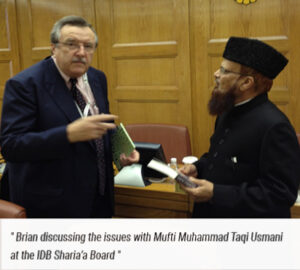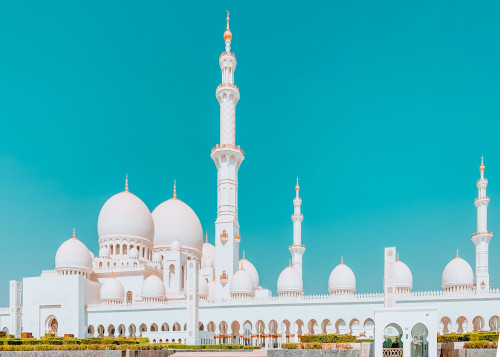About the Author: Brian Kettell
The team worked, until recently, as an Advisor to the CEO at the Islamic
Development Bank Group based in Jeddah, Saudi Arabia. They worked for several years as a Senior Economist for the Central Bank of Bahrain and the Arab Banking Corporation
We have worked with the Sukuk structuring team for several central banks and
for the IDB. They taught Sukuk courses at numerous GCC Banks and throughout Africa with the African Development Bank.
They have given presentations at Harvard Business School.
We have published 11 books on Islamic Finance.

Structuring Sukuk is similar to structuring conventional bonds. Although a Sukuk issuance goes through a similar procedure, different types of Sukuk products require different structures. The first step of the process is unique to the specific Sukuk Sharia’a contract. Also, Sukuk require the creation of an intermediary called a Special Purpose Vehicle for acquiring the assets.
Who are the parties involved?
Any Sukuk issue involves four main parties- Obligator: the obligator is the government or corporation that is going to benefit from the sukuk issuance.
- Trustee or issuer: this party, called the Special Purpose Vehicle (SPV), is the middleman between the obligator and the investors.
- Investors: These entities are the Sukuk holders/investors.
- Underwriters: With Sukuk, an underwriter doesn’t usually conduct the actual sukuk issuance and isn’t required in every situation. However, an underwriter may be brought in as insurance to the SPV, to guarantee that unsold Sukuk will be purchased.



